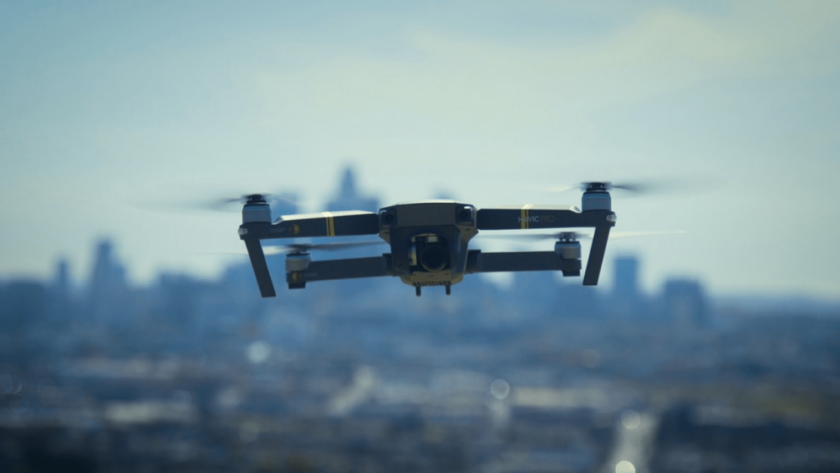Metropolis 2 is a two-year European research programme funded under Horizon 2020 involving eight project partners. Coordinated by Delft University of Technology (TU Delft) the SESAR project aims to provide the fundamentals to support U-space U3/U4 services, required to permit airborne operations inside a high-density urban environment. The main focus is on the following topics: strategic deconfliction, tactical deconfliction and dynamic capacity management.
Thus far, U-space efforts have focused on developing a set of baseline services (i.e., U1 and U2 capabilities enabling services such as identification, flight planning, and tracking). When deployed, these services will enable low traffic density applications such as agricultural surveillance and infrastructure inspection.
Urban, high-density operations, however, require a different approach, and a degree of autonomy that does not yet exist in current-day air traffic management.
First, in order to sustain high traffic demands, the urban airspace must be able to allow a shared use of airspace, rather than the approach used today of exclusively assigning parts of the airspace to individual flights.
Secondly, at the expected extremely high traffic densities, airspace design, flight planning, and separation management become increasingly interdependent. With the traffic densities that are considered for urban applications these interdependencies necessitate a unified approach to all aspects of traffic management that determine how vehicles interact with each other.
This project aims to develop a unified approach to airspace rules on the one hand, and flight planning and separation management approaches on the other hand. It will build upon the results of the current U-space projects, the first Metropolis project, and established separation algorithms. Several concepts, differing in how separation is performed (strategic/tactical, ground/air) will be compared using simulations, and the most promising concept will be validated in a real-world demonstration.
The results of Metropolis 2 are expected to contribute towards enabling safe and efficient U-space operations in urban environments.
Metropolis 2 specific objectives
- Extend the segmentation and alignment principles of geovectoring to an operational concept for airspace rules to enable high capacity urban airspace
- Develop a unified design approach to the management of traffic in high density urban airspace on all timescales, based on the segmentation and alignment principles of geovectoring, in combination with flight planning and detect and avoid paradigms that are designed to leverage the alignment principles from geovectoring, to define robust and efficient flight plans, as well as safe and compliant resolution strategies, which are suitable for operation in a densely-used airspace.
- Determine the benefits and drawbacks of separation management paradigms with different approaches to who acts as separator: the drone, the U-space service, or a combination of thereof, and different combinations of procedural and tactical separation
- Investigate a priority-based integration of manned aviation in urban (drone-only) airspace that robustly integrates with airspace rules and separation provision, such that safety for manned flight is guaranteed, while minimising degradation of capacity
- Demonstrate the final concept coming out of Metropolis 2 project in a real-world validation.
For more information visit:




